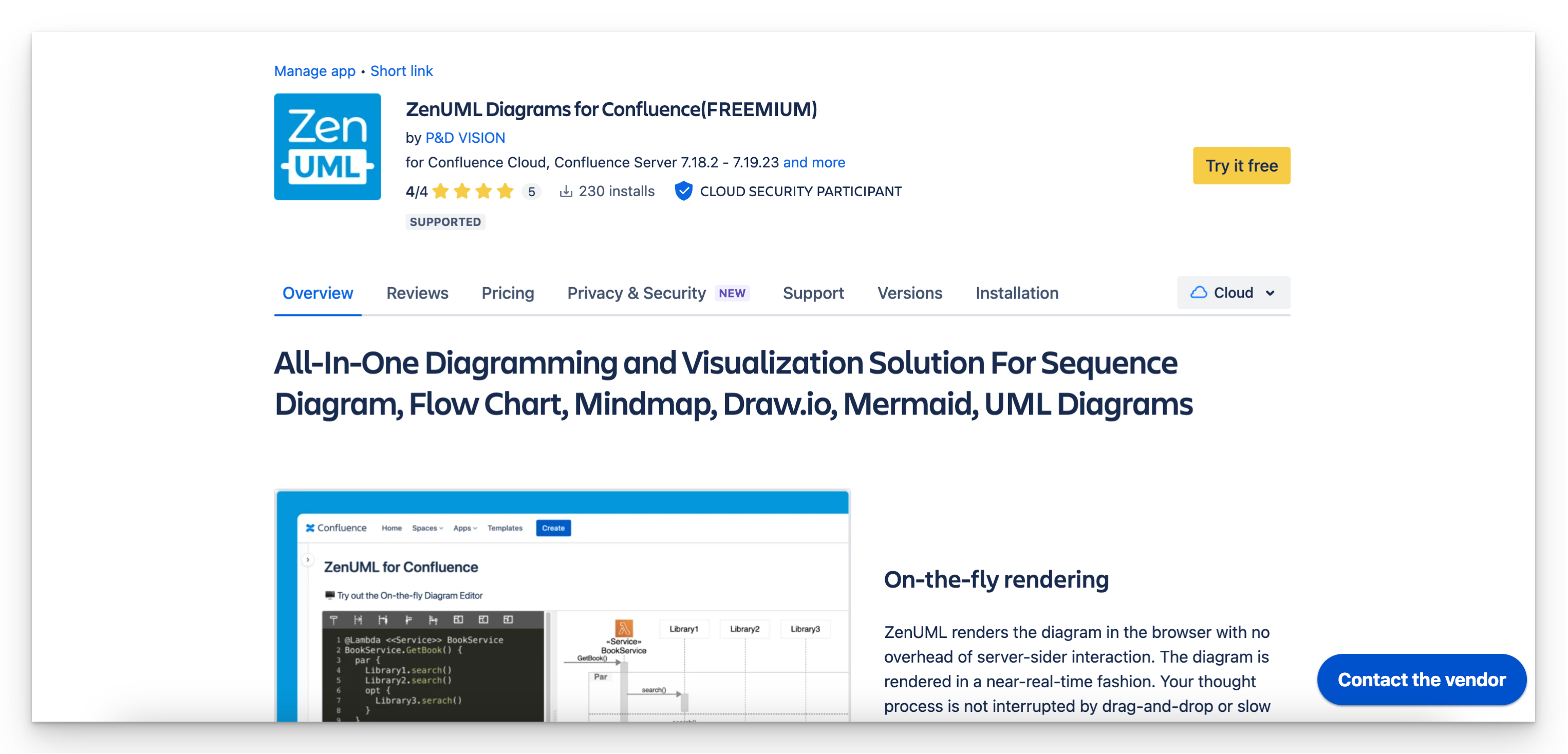Introduction
Documentation can make or break a user's experience. Whether it's troubleshooting technical devices, understanding complex software, or mastering a process, user manuals often become the hidden lifeline. Yet, many manuals fail because they overwhelm users with text-heavy pages or confusing steps. Here’s where sequence diagrams can be a game-changer.
Sequence diagrams are a type of UML (Unified Modeling Language) used to visually depict the interactions within a system in a chronological sequence. They are highly effective in breaking down processes into simple, step-by-step graphical representations. Beyond technical development, these diagrams can serve as amazing tools for creating engaging and intuitive user manuals.
If you're looking to simplify instructions, communicate complex workflows, or inspire creativity in technical documentation, sequence diagrams might be the solution you’ve been searching for. Dive into this guide where we’ll explore their power, the step-by-step methodology of creating them, and why they’re indispensable for any mature documentation process.

